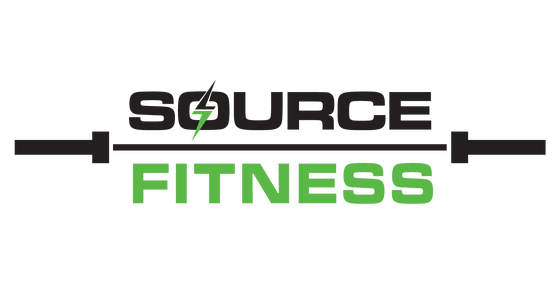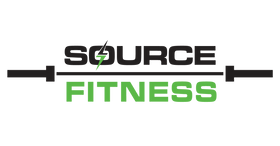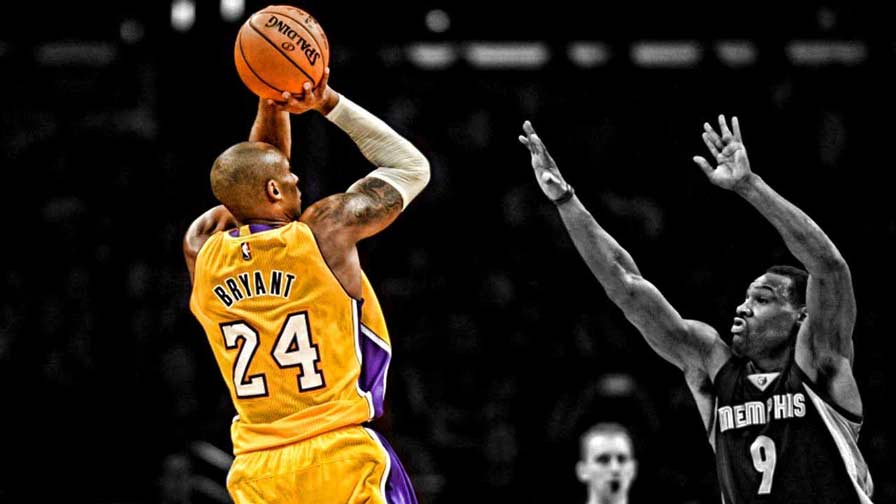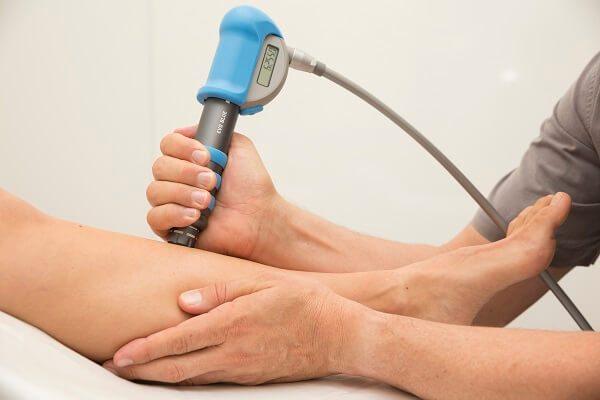Benefits of Shockwave Therapy for Athletes
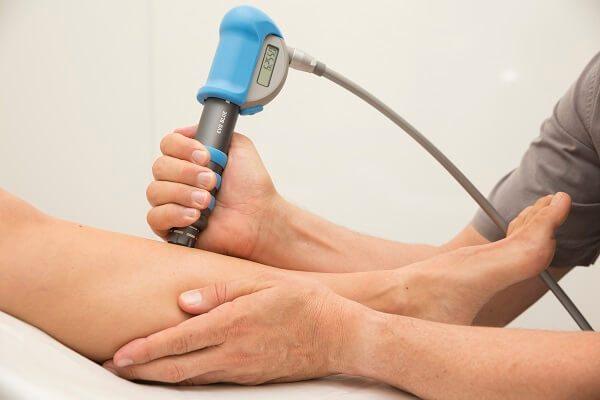
Adhering to preventative measures and treatments are necessary to avoid and treat injuries. Among the newer treatments for athletes is shockwave therapy. If you are looking for an effective solution to chronic pains and aches due to sports injuries, it’s worth looking into. ESWT fills a need for athletes whose injuries are not responding to first line treatments, such as rest, ice, therapeutic exercise, bracing and orthotics, but who are not yet ready to consider more-invasive or surgical options.
Many athletes train day and night. They run, stretch, jump, play, and continue to exert their bodies to keep themselves in shape for competition. However, these consistent and often strenuous activities will take a toll on their muscles and joints.
Amateur athletes, and even the professional ones, are not exempted from acquiring sports injuries. Injuries may be the result of age, trauma, accident, or overburdening of bones and muscles. Exceeding your loading limit can lead to muscle-tendon irritations, inflammations, joint pains, and fractures.
What is Shockwave Therapy
Extracorporeal shock wave therapy (ESWT) is a noninvasive treatment that involves delivery of shock waves to injured soft tissue to reduce pain and promote healing.
What conditions can be treated with Shockwave Therapy
Sports medicine specialists have found this therapy beneficial for treating the following areas of tendinopathy:
- Rotator cuff
- Lateral epicondyle
- Medial epicondyle
- Greater trochanter (gluteus medius and minimus)
- Proximal hamstring origin
- Rectus femoris
- Distal quadricep
- Patellar tendon
- Posterior tibial
- Peroneal
- Achilles
- Plantar fascia

Treatment with Shockwave (ESWT)
For most patients a series of treatments is recommended, each of which lasts less than 30 minutes. A typical course of treatment is one treatment weekly for three weeks. Improvement is typically seen after the first two sessions. If they have improvement with three sessions but haven't achieved the desired level of symptom relief, treatment can continue as needed. Athletes undergoing ESWT are typically told to gradually increase their activity level based on symptom intensity.
Side effects from ESWT are limited to mild bruising, swelling, pain, numbness or tingling in the treated area, and the recovery is minimal compared with that of surgical intervention.
Most patients recover from any side effects within a day or two of treatment but don't require a prolonged recovery period.
Shop for Shockwave Therapy Devices
